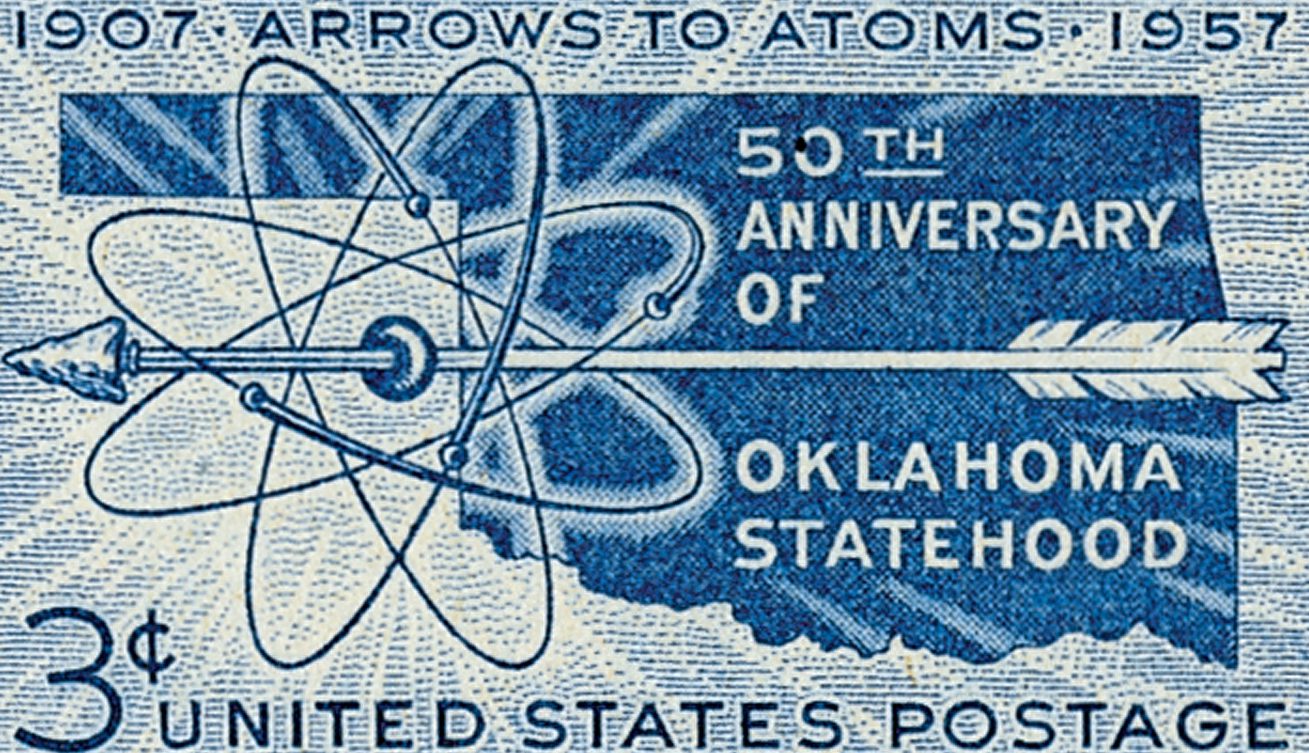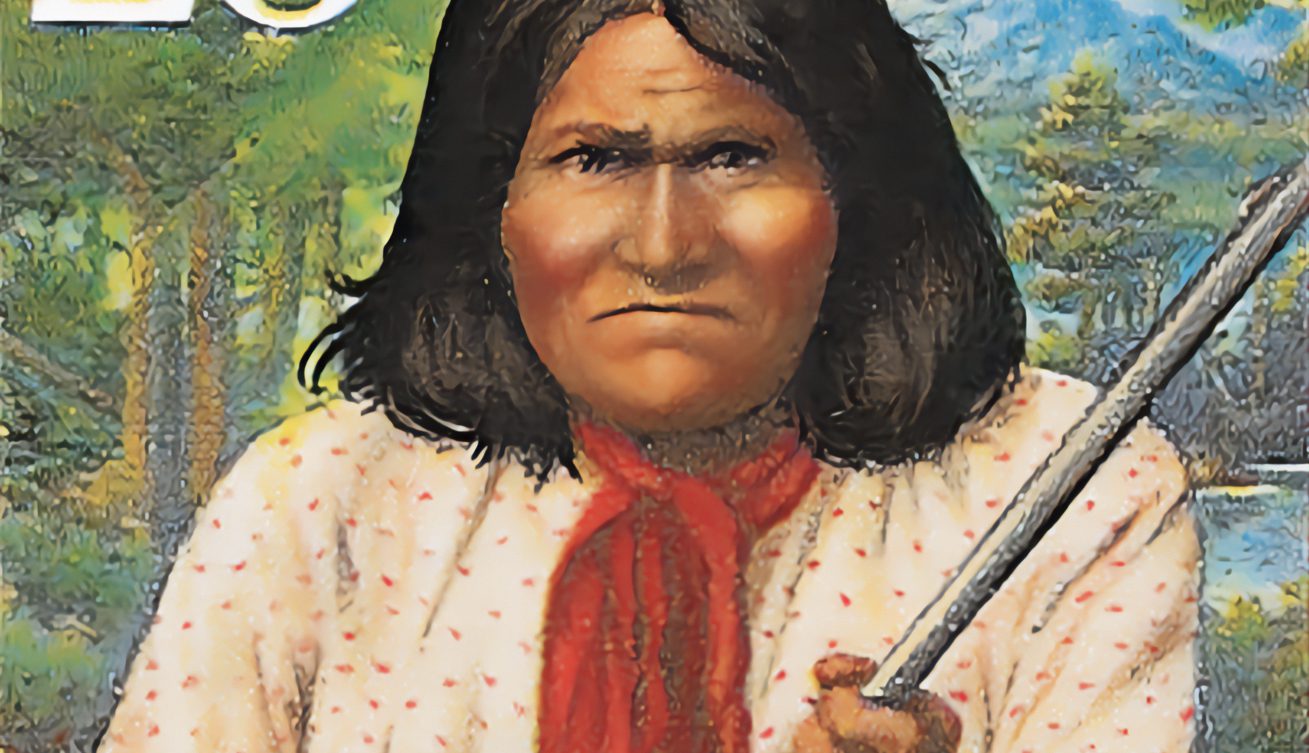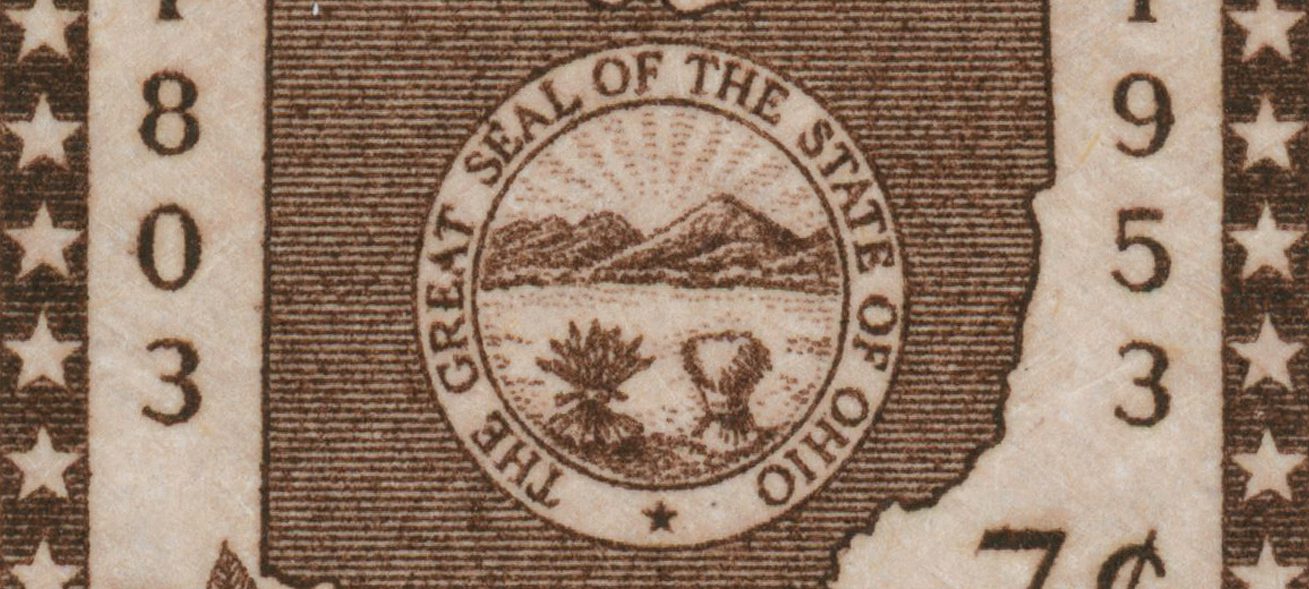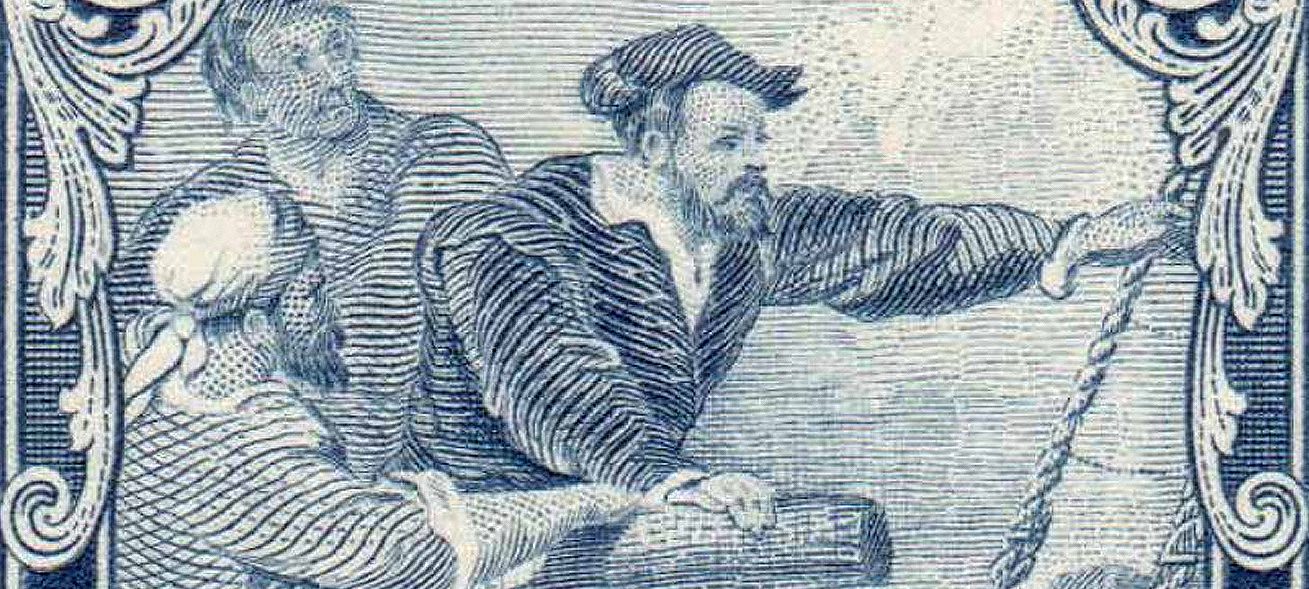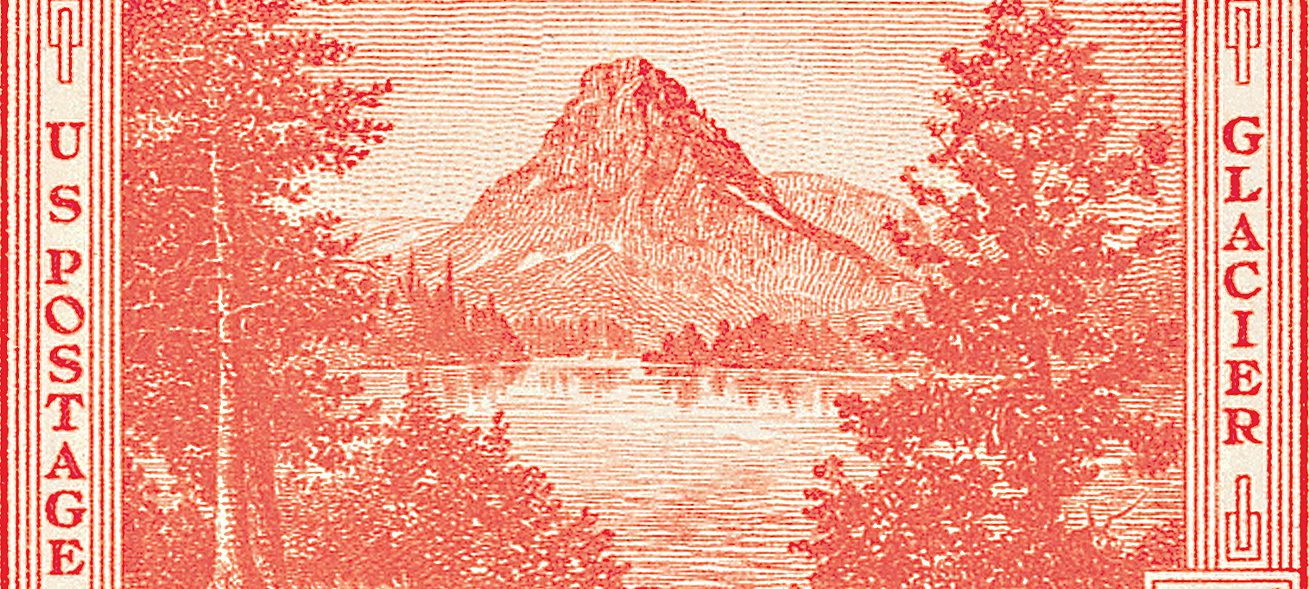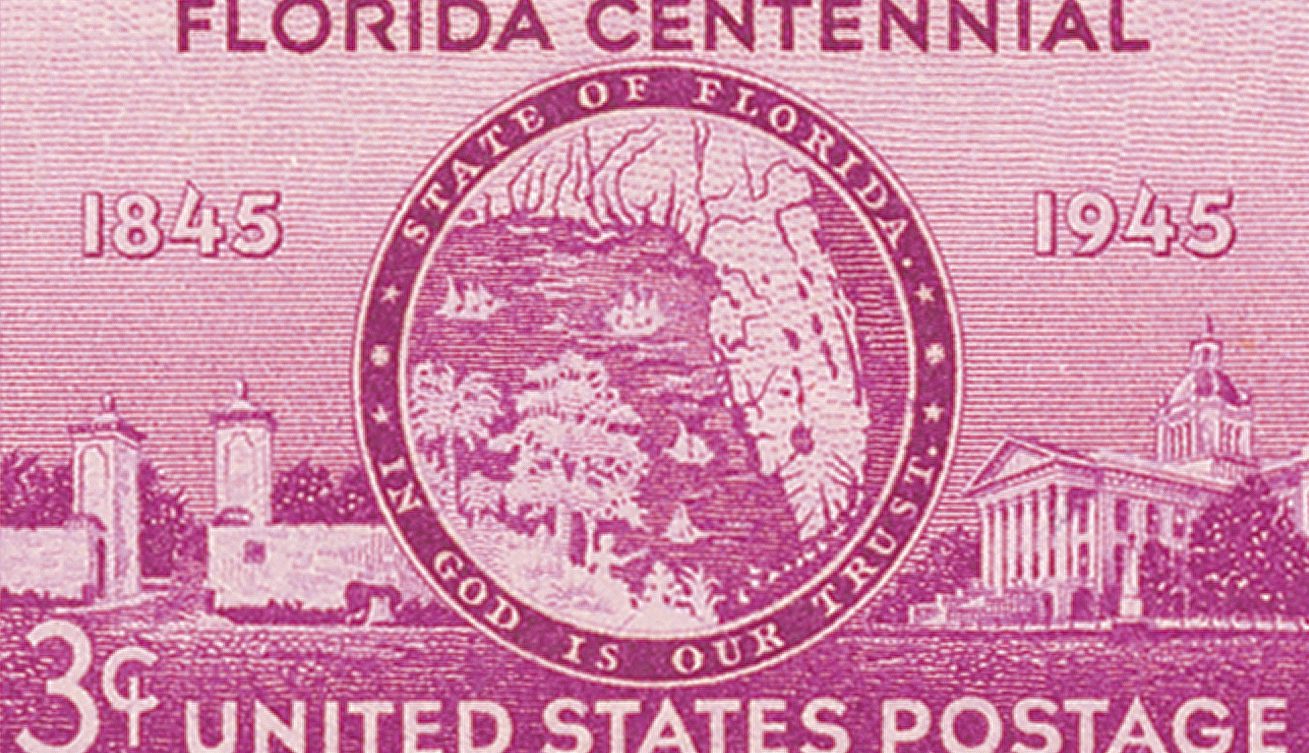Oklahoma Becomes 46th State
On November 16, 1907, Indian Territory and Oklahoma Territory were merged to create the state of Oklahoma. The new state emerged at a moment of rapid change, blending Native nations, frontier settlements, and booming oil discoveries into one of the most diverse and dynamic regions in early 20th-century America.

